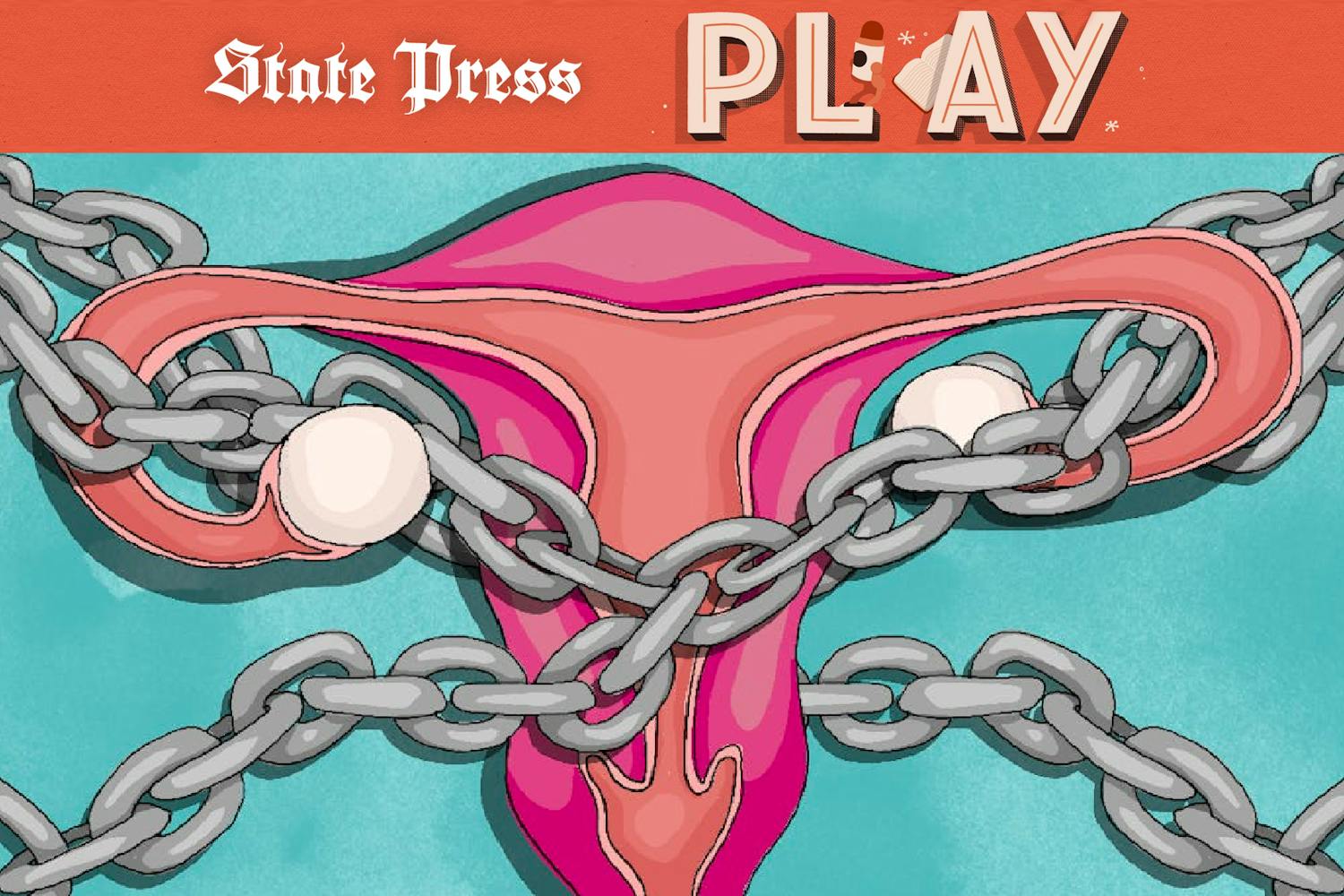They call themselves “Browncoats” and Nathan Fillion is their “Captain.” They swear in Chinese and they’re obsessed with a show only 14 episodes long, its 10 year anniversary last Thursday.
Named after characters’ signature garb, Browncoats are eager to justify the show’s cult following, bewailing the crime of its cancellation, even advocating elaborate schemes for its return, such as Help Nathan Buy Firefly.
But they’re not really concerned with Captain Reynolds and Serenity’s crew. They are advocating for their own creation.
The Browncoat phenomenon has only a handful of episodes and the film follow-up “Serenity” to warrant fan affection. Fans are more attached to an idea of what “Firefly” could have been, rather than what “Firefly” actually is.
Our interaction with media and celebrities is complicated, sometimes worshipful, caustic or dismissive. This multiplicity, as media studies examines, stems from how celebrities become a conglomeration of multiple “texts”: their films, their interviews and their home life. Celebrities are images, not people — allowing viewers to select the specific facets they want to accept.
These images are, as star studies expert Richard Dyer says, “extensive, multimedia, and intertextual.”
Cult stories function similarly. Deprived of a full story, Browncoats select and magnify parts of the “Firefly” text. In essence, they assign more value to the product than may be inherent within it. While the show itself wasn’t necessarily as culturally significant as fans feel, their reaction makes the product culturally significant.
Does “Firefly” warrant the level of appreciation it receives? I would argue no, as its vision is incomplete. However, “Firefly” is nonetheless culturally important because of how audiences perpetuate it.
Its unique cultural footing has more to do with consumption than production, just like some celebrities are more famous for how we consume their images than the products they actually produce. Not everyone has seen “Some Like It Hot,” but they would instantly recognize Marilyn Monroe.
Likewise, “Firefly” is more famous for how it’s been consumed, for its fan reaction and cult status, than for being a groundbreaking product of TV. It illustrates how we select what is meaningful about the media we consume, and then perpetuate it.
Browncoats prove that our relationship with stories and celebrities extends beyond a straightforward product/audience binary. “Firefly” isn’t one of the most significant shows ever made, but its popularity is one of the most fascinating examples of how we assign meaning to media.
“Firefly” doesn’t need to go back on the air. It already has a vivid, varied, multi-textual life created solely by the importance assigned to it by fans. “Firefly” the show isn’t revolutionary.
But “Firefly” the idea transcends anything a team of writers, a smattering of Whedon dialogue, and a good cast could ever produce.
Captain Mal claims, “Love keeps (a ship) in the air when she oughta fall down.”
Browncoat or not, you choose which ship you keep in the air with your love. You assign meaning to the clothes you wear, the food you buy and the stories you circulate. You have the power to give a product or an idea importance, simply by your promotion of it.
Choose wisely.
Reach the writer at Esther.Drown@asu.edu or follw her at @EMDrown



